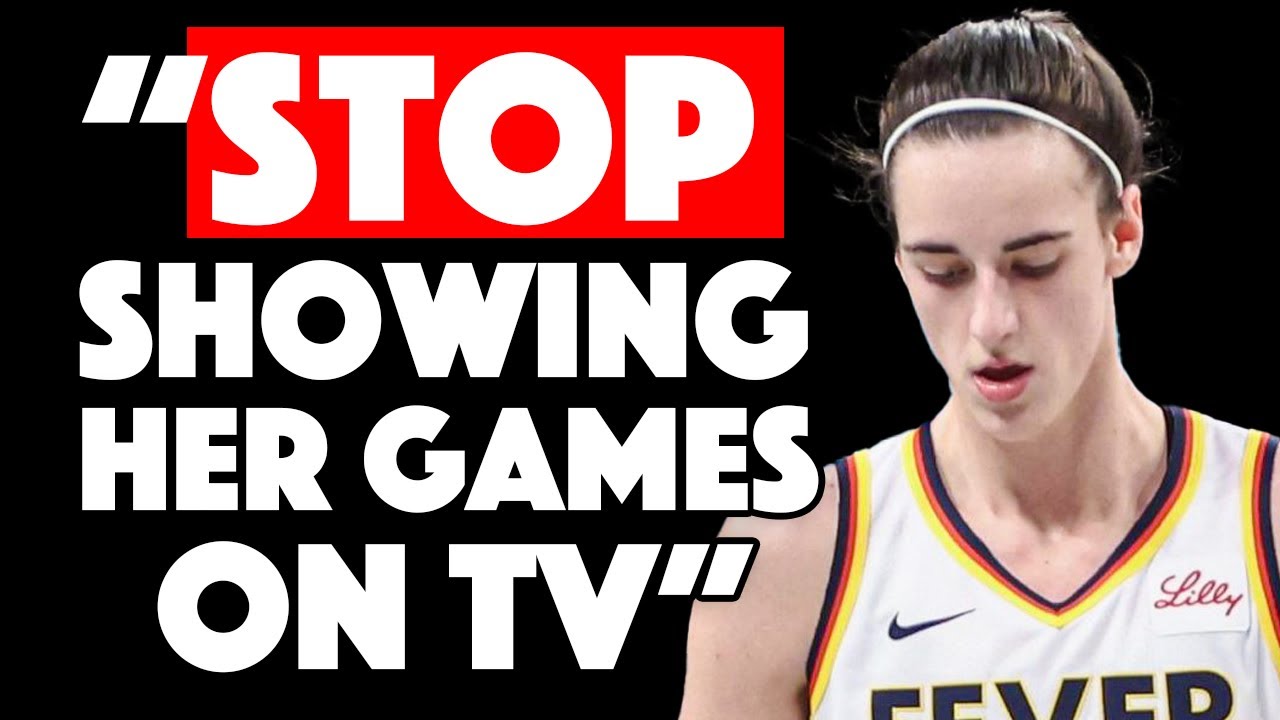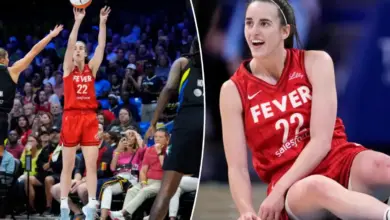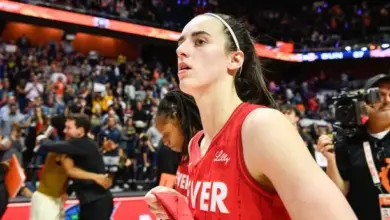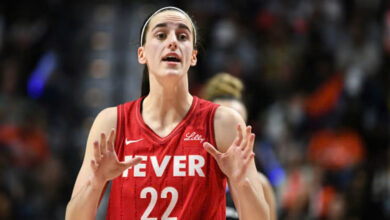The Old WNBA Media Are FURIOUS That Caitlin Clark’s Fever Are On National TV 41 Times…

The Indiana Fever are setting a national television record for the upcoming WNBA season. That’s not surprising, but it’s not going to go down well with some members of the WNBA’s legacy media, who feel the Fever don’t deserve to have more games televised than the last two WNBA champions.
But if you look at the actual numbers, it’s clear that the Fever are the biggest draw. Last season, the WNBA champions Las Vegas Aces had just two games that exceeded a million viewers. Meanwhile, the Fever, with Caitlin Clark on their roster, had seven games on Ion that exceeded that number.
It’s worth noting that Ion isn’t a major sports network like ABC or ESPN, but Caitlin Clark’s presence alone has helped the game reach massive viewership levels. When she’s on a bigger network, her viewership can even exceed 2 million. This demonstrates the special appeal of Clark and the Fever, not just to WNBA fans, but to sports audiences in general.
Some critics have argued that the WNBA is trying to “force” viewers to watch the Indiana Fever. However, the reality is that television networks are not acting as charities – they are choosing to air the games that have the most potential to attract the most viewers.
This not only benefits the networks, but also helps the WNBA grow. The league is currently in the process of negotiating a new television contract, and the higher the viewership, the higher the value of the rights. This means that WNBA players could receive higher salaries in the future.
One of the factors that makes the Indiana Fever the most exciting team to watch is their style of play. The Fever play at a fast pace, have a variety of offense, and have Caitlin Clark – an excellent shooter with a wide range and impressive tactical vision. They also have players like Aliyah Boston, a smart ball-handling center, or Kelsey Mitchell, a quick player who can play as a wide receiver in American football, while Caitlin Clark plays as a quarterback who coordinates the play.
In contrast, many other teams in the WNBA have a style of play that is not really appealing to the audience. Some games are slow-paced, lacking in breakthrough situations and lacking in the necessary drama.
For example, the Atlanta Dream may be an effective team, but their style of play has been compared to “watching paint dry on a wall” – slow and lacking in explosiveness. Some other teams, like the Las Vegas Aces, despite being the defending champions, rely more on individual attacks than coherent team play.
So the Indiana Fever’s television exposure is not just based on Caitlin Clark’s name, but also on the fact that they are the most watched team in the league. The increased Fever following not only helps the team grow, but also benefits the WNBA as a whole. As new viewers are introduced to the league through Caitlin Clark, a significant percentage of them will continue to watch other teams, expanding the WNBA’s fan base.
Rather than criticizing, members of the WNBA’s legacy media should realize that the increased attention the Indiana Fever receives benefits everyone in the league. If the WNBA wants to grow, they must leverage Caitlin Clark and the Fever’s popularity to attract more viewers. This is a smart strategy that actually works, rather than trying to impose an artificial “fairness” in the distribution of games on television.








